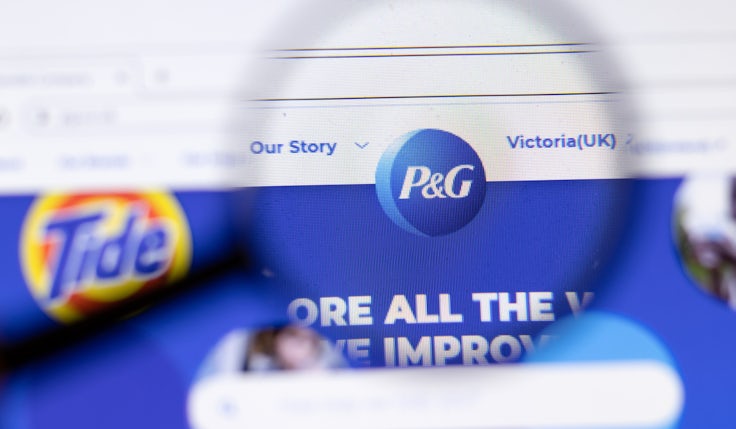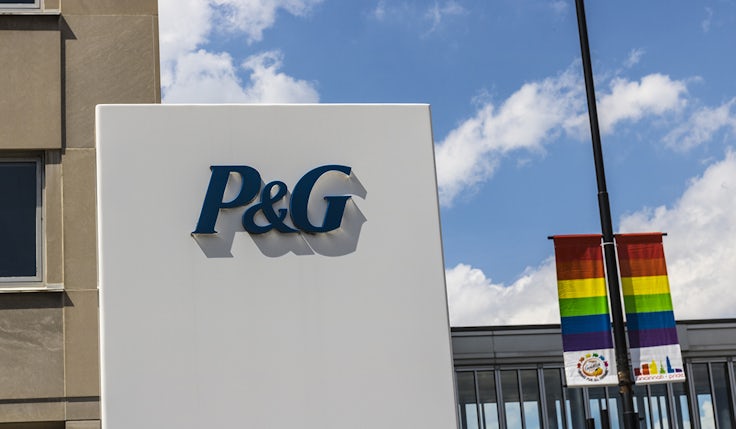P&G to tackle rising costs through increased marketing ‘productivity’
P&G reported its first quarterly sales decline in five years during its most recent earnings, but is now targeting a return to its ‘balanced growth algorithm’.
 Procter & Gamble’s CEO says the company is prioritising marketing “productivity” to facilitate balanced growth.
Procter & Gamble’s CEO says the company is prioritising marketing “productivity” to facilitate balanced growth.
The FMCG giant is committed to investing in the long-term health of its brands, chief executive Jon Moeller reiterated at an investor conference today (23 February). However, P&G is also looking to expand its margins, including by making its marketing more efficient.
The company saw its first quarterly sales decline in five years in its most recent quarter, ended 31 December 2022. It saw net sales of $20.8bn (£16.8bn) in its second quarter, a decrease of 1% versus the same period in 2022. It also reported decreased profits of $9.88bn (£8bn) compared to $10.29bn (£8.3bn).
Driving and communicating the “superiority” of P&G’s brands is crucial to creating top and bottom-line growth, Moeller told investors today. However, so is cost saving, he admits.
“The worst thing in this environment would be […] to back off our strategies,” he said. “That doesn’t mean we’re not looking for opportunities to reduce cost of those investments.”
If anything we see a strengthening of the business.
Andre Schulten, Procter & Gamble
He highlighted marketing effectiveness as one area in which the business is driving increased productivity. The company is working to ensure its media is positioned when and where consumers are most receptive to it.
“This leads to higher quality engagement and when orchestrated across media platforms avoids excessive advertising frequency, which is at best wasteful spending, and at worst, an annoyance to consumers,” he said.
He hailed the progress made by P&G in improving its media effectiveness and reach, but says the company “still [has] plenty of runway ahead”.
Nappy brand Pampers was highlighted as a brand which had driven better productivity, by more effectively reaching the consumers it wants to speak to. It has deployed an algorithm to segment families in different stages of baby and child development to better target its advertising.
The company has also stepped up its digital capabilities. Moeller said: “We have digital tools to tell our teams exactly where to show up, which words to bid on, how much to invest in a campaign, and when to run it.”
Across its US baby care segment last year, P&G reduced media spend by 50% but managed to increase its reach by 20% and top of mind awareness by 26%, driving overall sales growth of 10%.
Chief financial officer Andre Schulten reiterated that P&G has no set marketing budget going into the second half of its financial year, and will instead focus on the “opportunity” which exists.
During the company’s most recent earnings call, he said this spend will be related to return on investment (ROI).
“When we reinvest, we reinvest because there’s a positive return in the short term and we can further strengthen our brands,” Schulten said. “If there are opportunities to create short term ROI we’ll continue to double down.”
The company has expressed confidence in its business despite a challenging economic environment, claiming its approach of prioritising “delightful superiority” is paying off.
“If anything we see a strengthening of the business,” Schulten asserted, citing improved performances in sectors like family care which had been “under pressure”.







